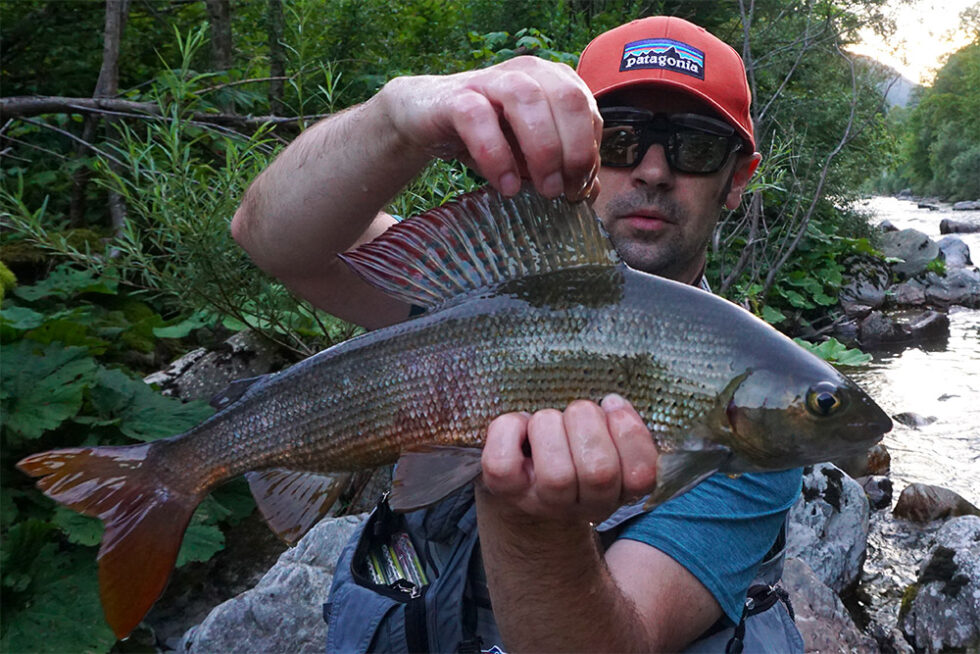
As everybody knows perdigon nymphs works the best in super strong currents and in fast flowing rivers. The generators of these flies are the Spanish fishermen who started to add lead beads on their nymphs. Then they simplified the flies: big lead bead colored with a dark marked to simulate the insect back, body slim made of thread and tail.
Shortly these flies became popular for their efficiencies. Fishermen from all over the world started to add their “personal touch” and lots of versions appeared. Blink and full of color thread was used and you will find some nice flies made. Some are complicated but the simple ones are still efficient.
If you step in perdigon universe then I advice you to start using the natural colored ones. I consider
Olive version, it is tied as discrete as possible: copper bead, wire ribbing and no “blinky” materials. I use this fly in rivers with ginger clear waters where fish are very careful with what they eat. This type of olive works excellent in waters with light colored gravels and stones ( Dolomiti rivers, Alps Rivers and Slovenian Alps waters)
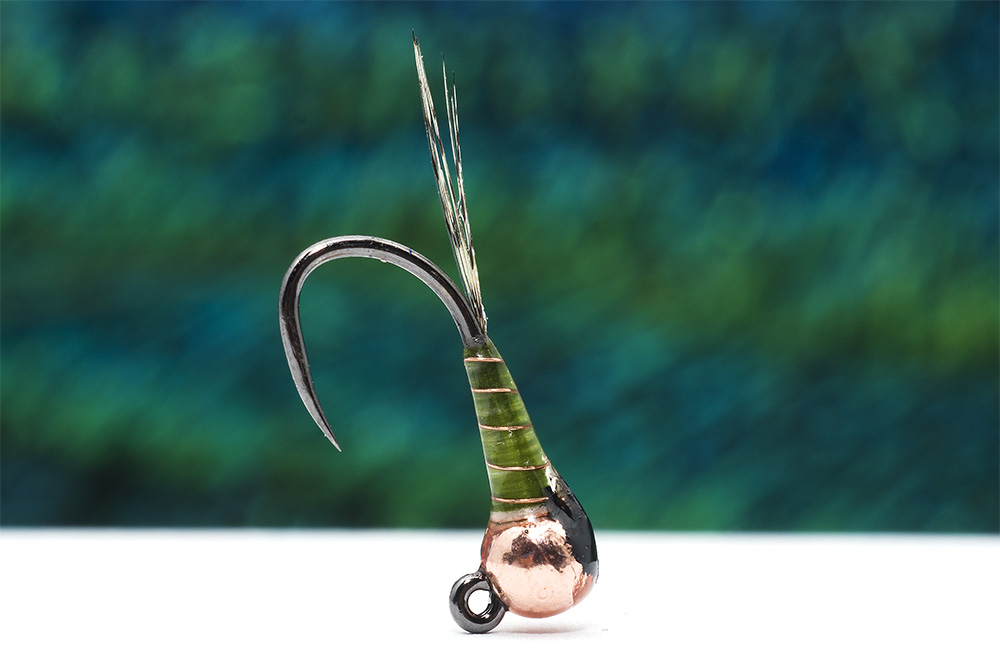
The more sparkle olive version is bellow. Here I used perdigon tinsel for ribbing and gold bead. The fly works for me when I fish in rivers with active and aggressive but educated fish.
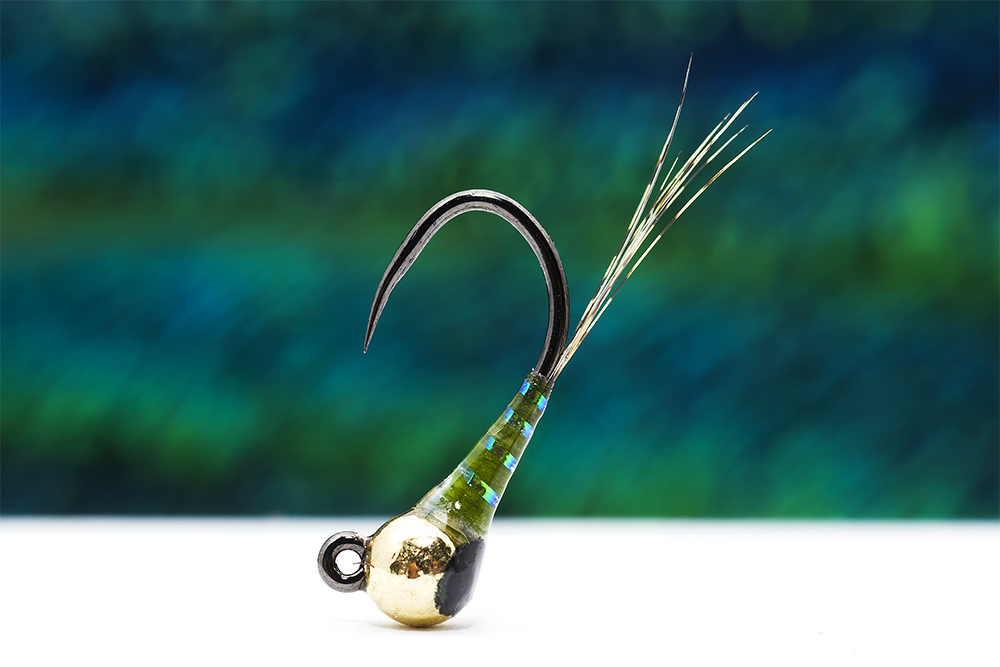
The hot spot version is my searching olive perdigon and works in all rivers where I fished: from East Europe till France, Spain and Scandinavia. If the river is very clear and low I will use it in strong currents. Depending how fish respond I “tune” my nymphing setting and size of the flies.
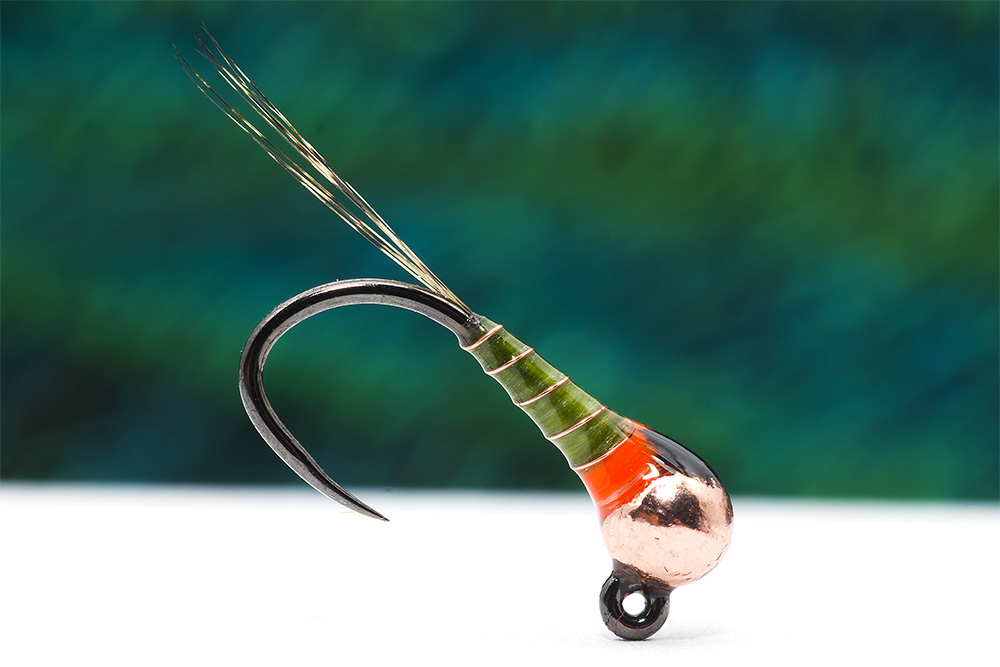
I use it in 3 versions, one ribbed with pink perdigon tinsel or yellow perdigon tinsel because it has a nice finish when is coated with UV resin. The hot spotted version is made with strong orange to create contrast. Ribbing is simple, only copper wire
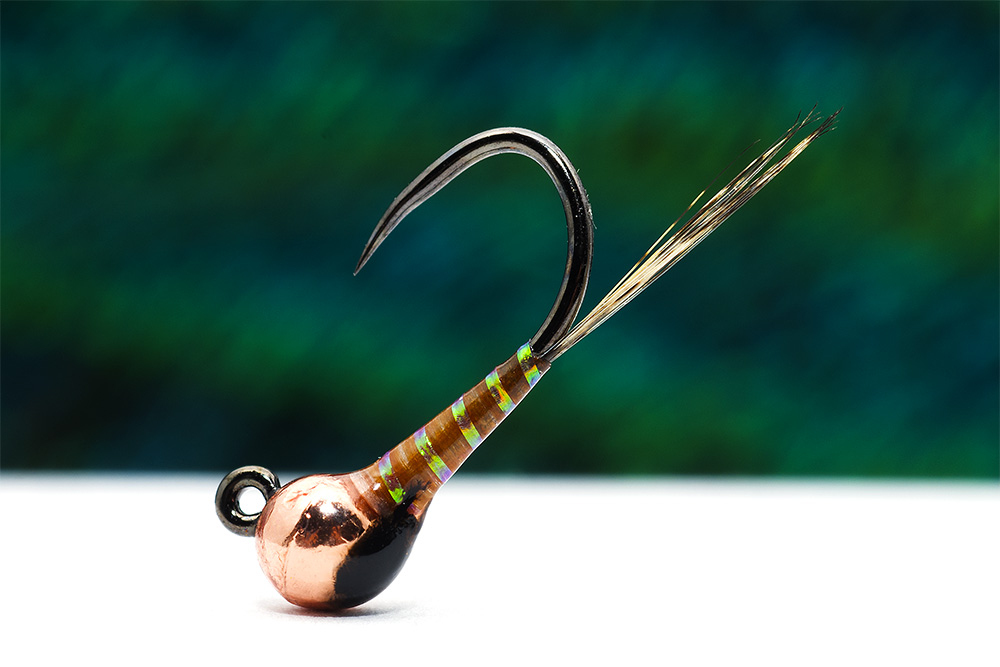
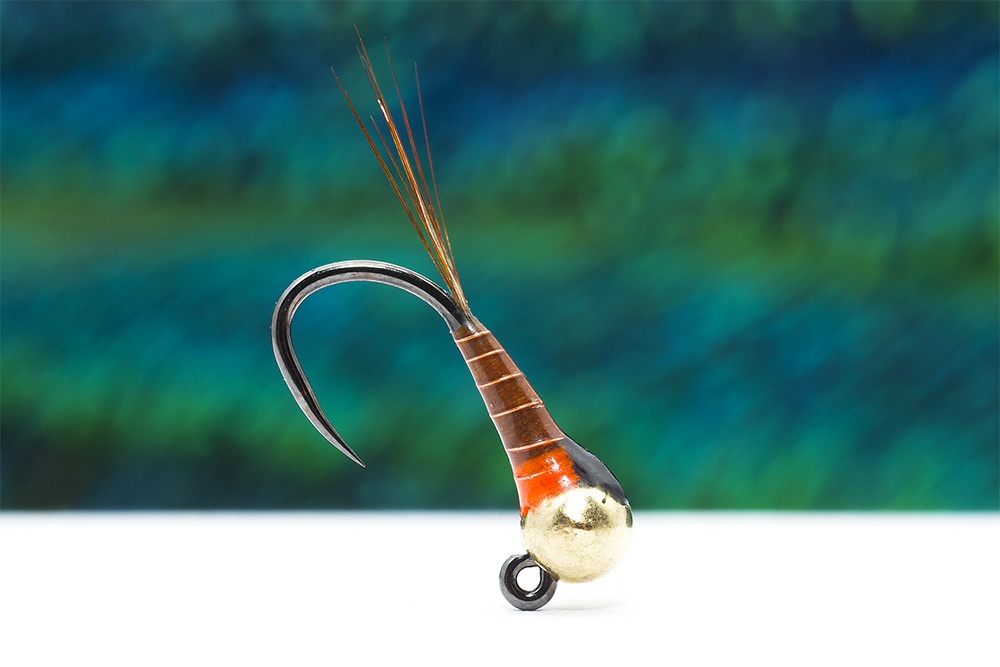
Sometimes I need to use tungsten wire to overload the body with extra weight. Big fish are often very careful and they take small flies only. I had situations when I tried to catch big fish in deep pools. They reacted only at very small nymph tied on size #18 and #20.
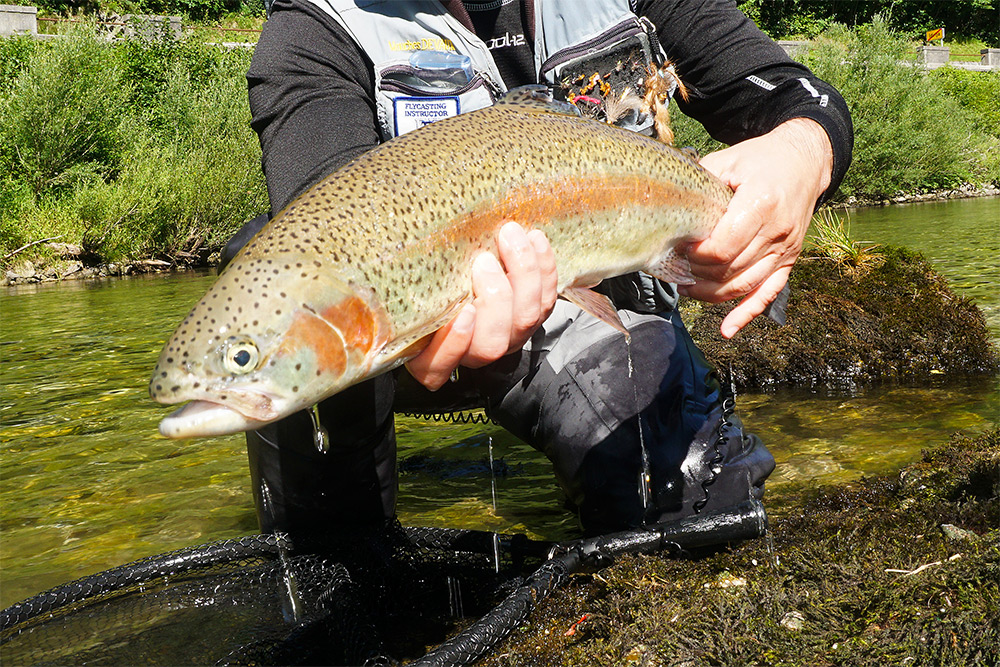

August 9, 2022
ciao a tutti bisogna dire che oltre a essere un venditore capace è un pescatore lo si vede dalle sue creazioni originali ma non banali. riesce a esaltare materiali e darli nuova vita alcuni di questi vengono tralasciati da molti di noi perchè giudicati superati. quando vedi una sua creazione come tutti cercano di individuare i materiali usati,e c’è n’è sempre uno che sbagli, io posso solo farli i complimenti come pescatore costruttore, per il suo sito web nessuno può dire niente sempre attento alle novità del mercato . Auguri per la tua carriera Enrico
August 10, 2022
Grazie Enrico, molto gentile 🙂
December 16, 2022
Hi Lucian,
Great article and great pictures. Can I ask
What you use for the bodies of the perdigons you tie?
I have been using Hens body quila and I was curious what you use.
Thanks.
December 18, 2022
Hi Steve,
Thank you for your appreciation 🙂
I used Perdigon flat body thread (rhyacophila green and light brown). But you can use any body thread you like 🙂 I’m sure their do the job
Thanks a lot,
Lucian
February 6, 2024
Hi Lucian,
If I look at the Perdigon flat body thread then I see only the letter A and a number. How do I know what the color names are. You speak about the colors rhyacophila green but what is the order code? A9 or A10 or A11? And light brown? A12 or A14? Do you have a list with the colors which corresponds with the letter and numbers?
Thanks a lot.
Greetings,
Gino
February 7, 2024
Hi Gino,
A few months ago, this thread got an update. The old version was thicker and had a slightly different structure. I wasn’t too pleased with it, so I looked for something better.
Now, the new version comes with codes. Sometimes, someone might say a color should have a different name. So, we decided to use codes to avoid confusion. Honestly, in the textile industry, colors aren’t usually named. What’s green to me might be called dark green or forest green by someone else.
But, based on your feedback, I’ll create a list matching each code to a color.
cheers,
Lucian
September 20, 2023
Just came upon this article and it is super informative and helpful! Are you just using a thread base for the body…or is it colored floss? Then wire and UV resin over the top…Thanks!!
September 21, 2023
Hi Chris,
In this situation I use a thread base but if I want to make the fly heavier I use tungsten wire then I cover it with thread like usual. There are situations when the water level is high and currents are very strong. A bigger fly can spook the fish so I need to use a smaller fly but heavy enough. There are some rivers where fishing is allowed with only one fly and in this situation a small nymph but very very heavy is a must.
September 20, 2023
Didn’t see the previous answer above! Thanks
September 21, 2023
🙂 cheers!
May 5, 2024
Your flies are beautiful!
How do you maintain the color after applying UV resin? Your flies have a luster and brightness that I can’t achieve using your threads (A10) for the olive bodies. I use Solarsez as my resin.
Thanks
John
May 7, 2024
Hi John,
It depends a lot of what underbody threads you use. Usually people use a lot black color threads. I prefer light colors and when I ue hot spot I prefer white, yellow or light orange. Then when you come with a certain thread you will get a more brighter effect. I hope it help 🙂